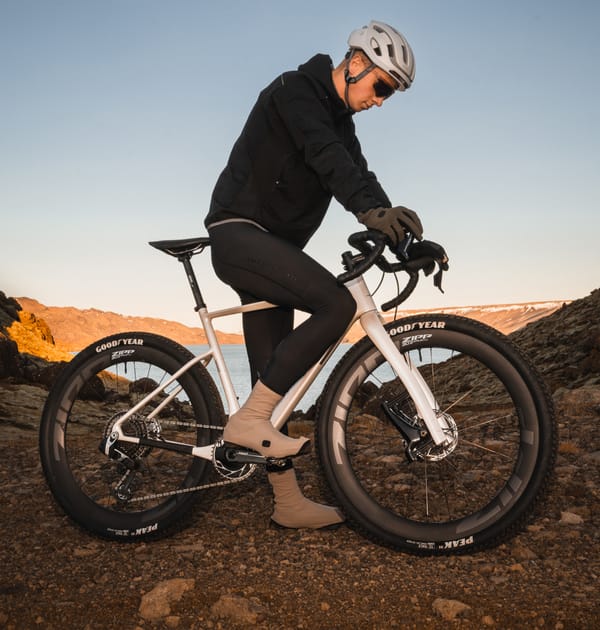Are Pedal-Based Lights a Gimmick or Genius?
A first look at the LOOK Keo Vision pedals. They put 60-lumen lights in the pedal body for active visibility. Is it a gimmick or a smart safety upgrade?
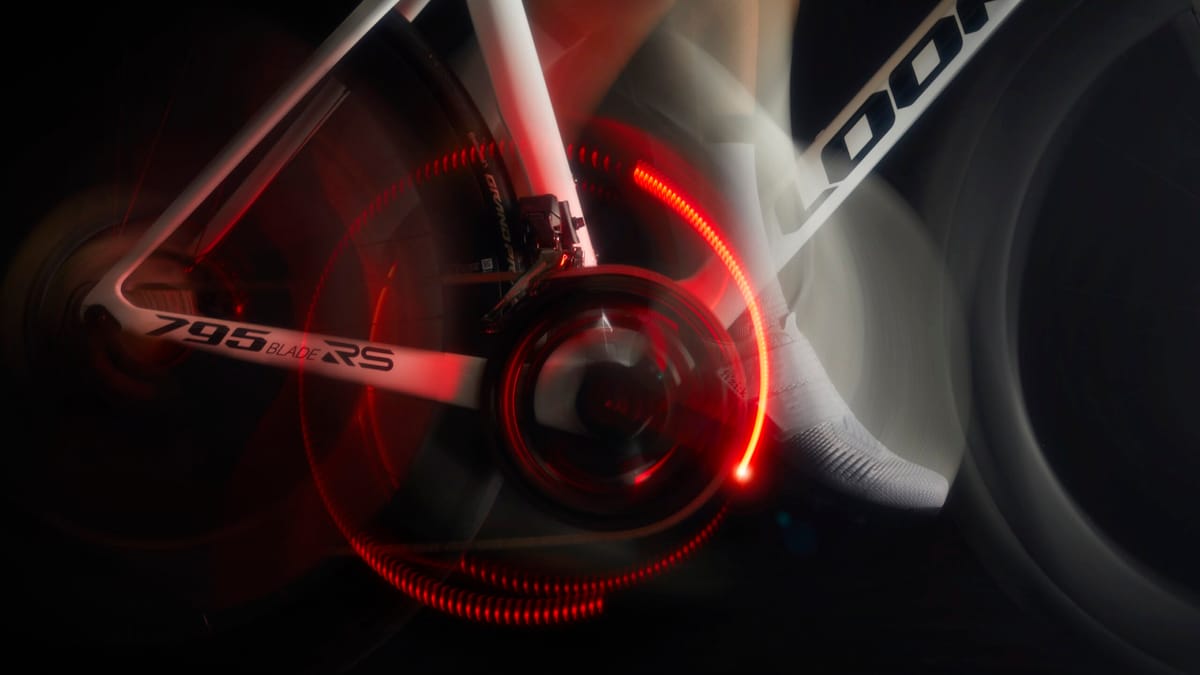
As the days get shorter, my stable of USB-rechargeable lights comes out of the drawer. But my reaction to lights on pedals has always been skepticism—it just seems like another thing to charge, another point of failure. LOOK’s new Vision series, however, has me reconsidering. The core idea isn't just "more lights," it's smarter lights. A static blinky on a seatpost is easy for a driver to tune out, but a light in a pedal is in constant, biological motion. That spinning, up-and-down movement is fundamentally more eye-catching. The claim that this makes a cyclist 5.5x more visible is the hook that got my attention.
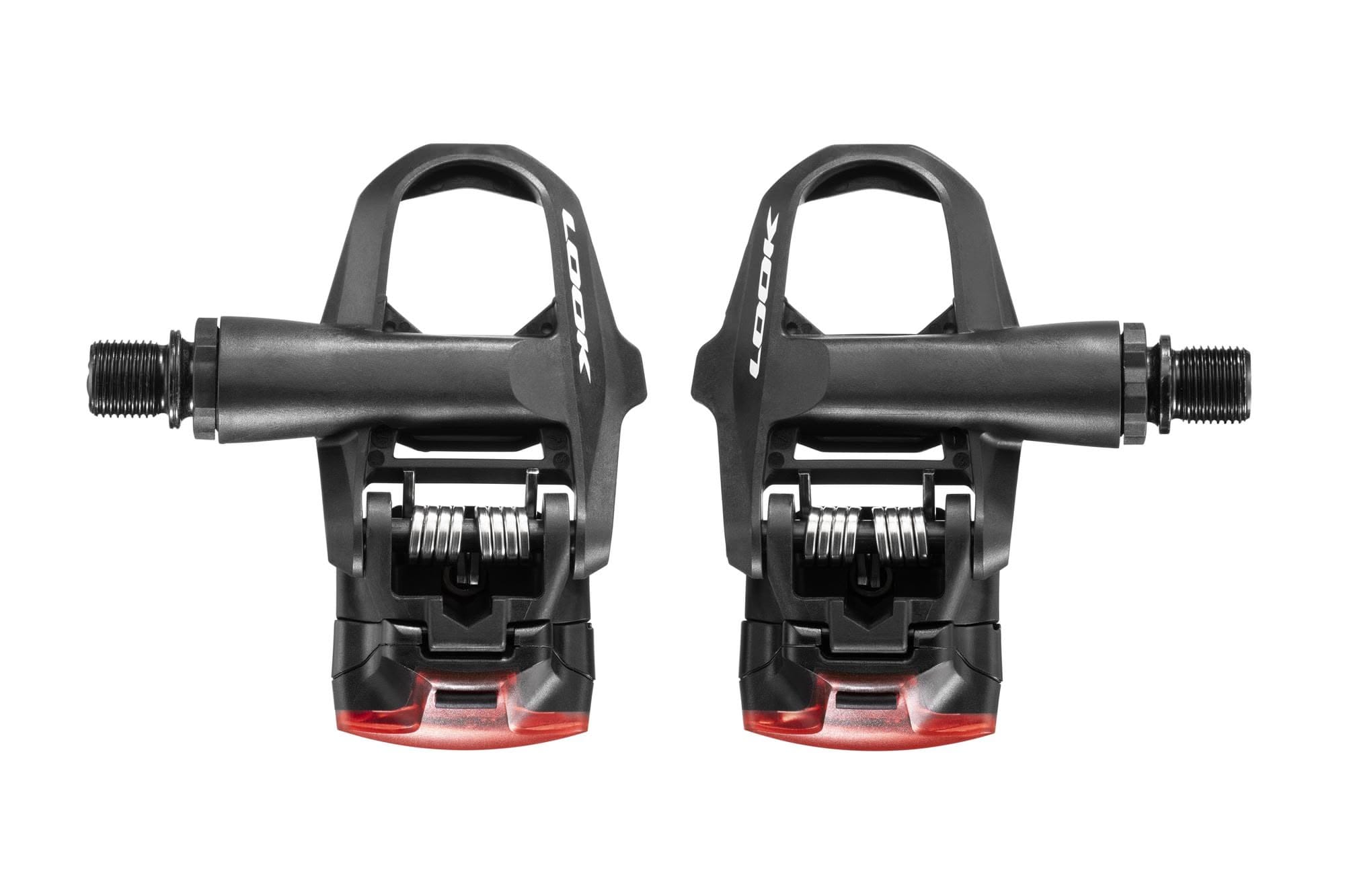
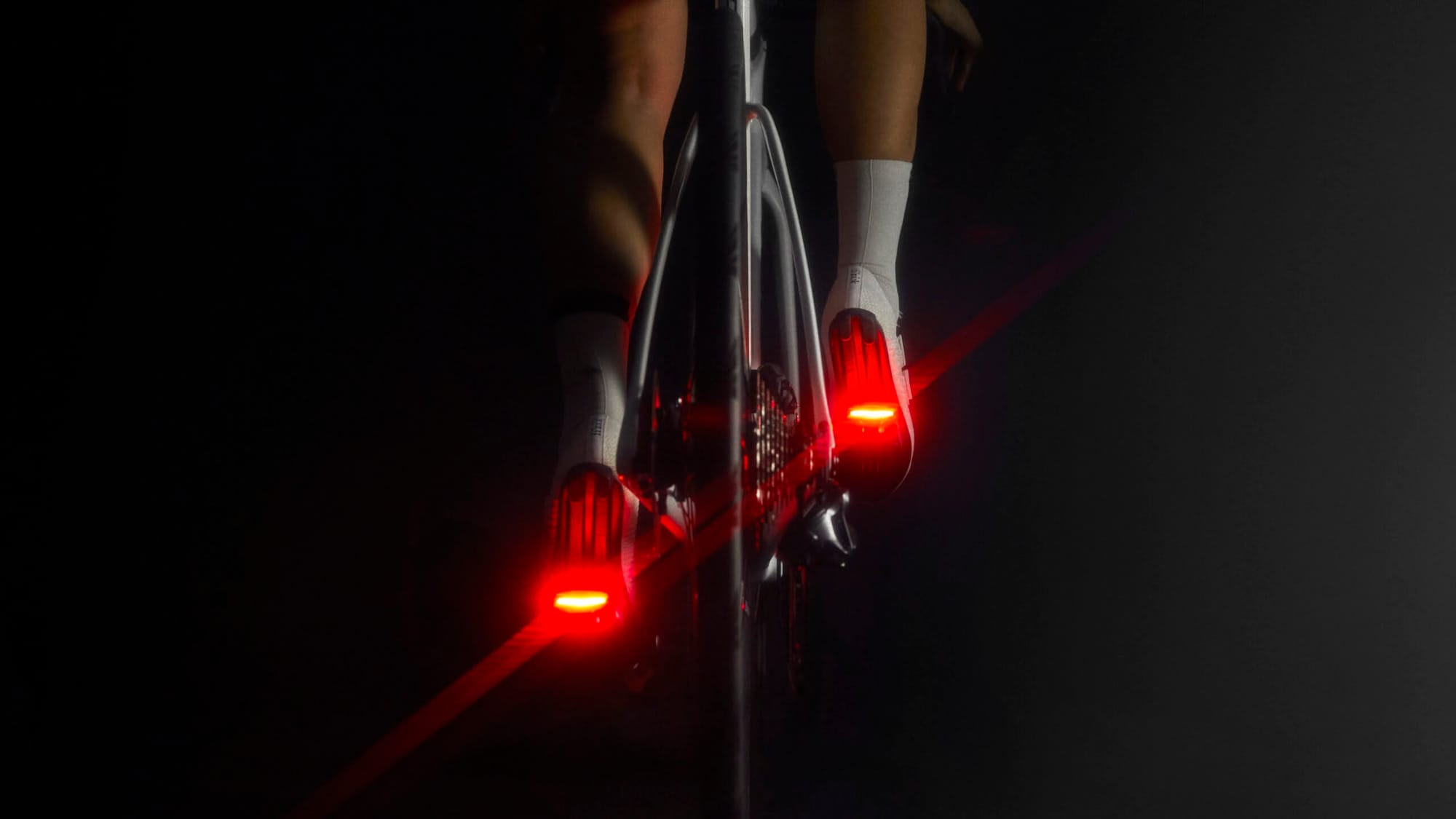
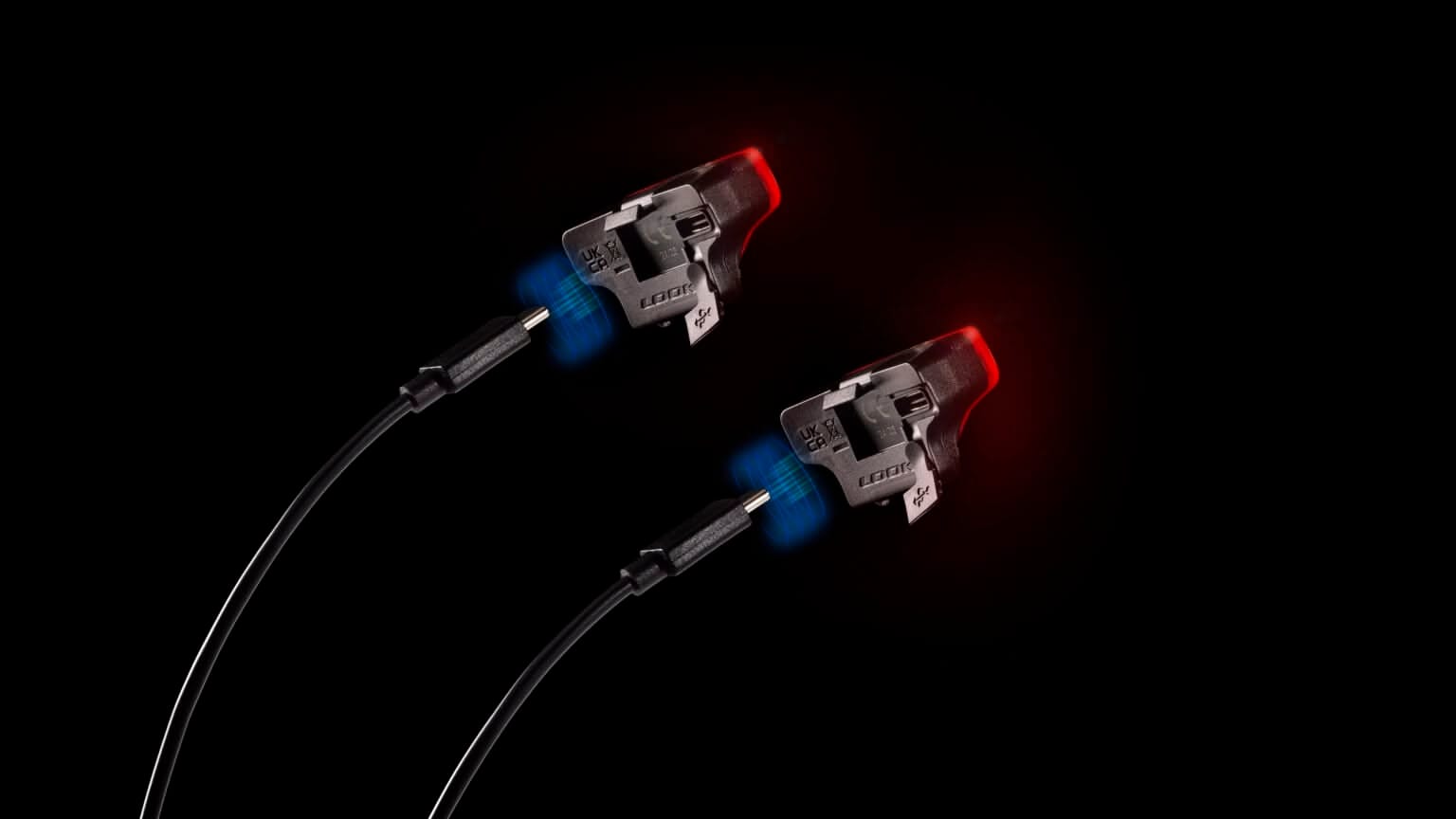
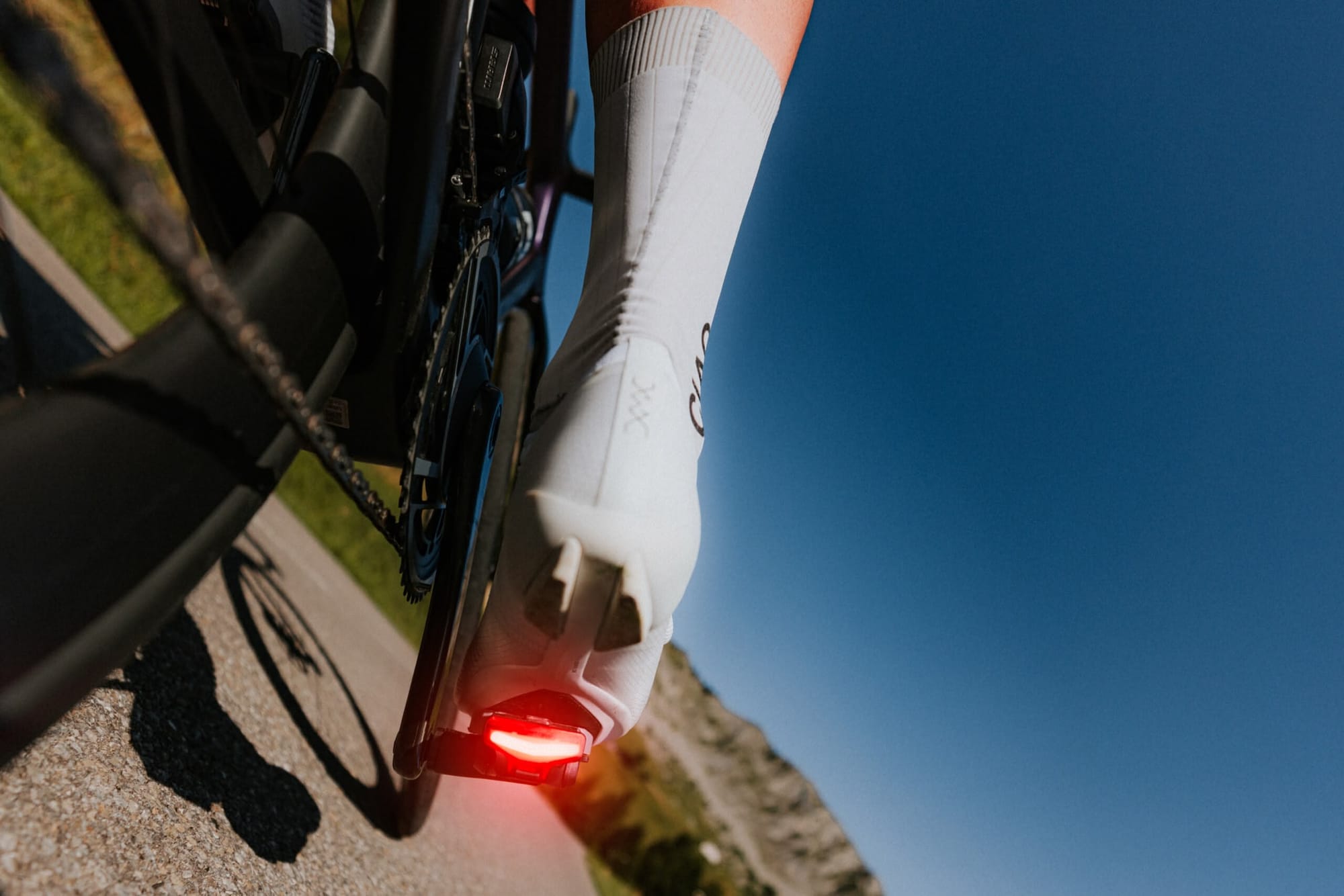
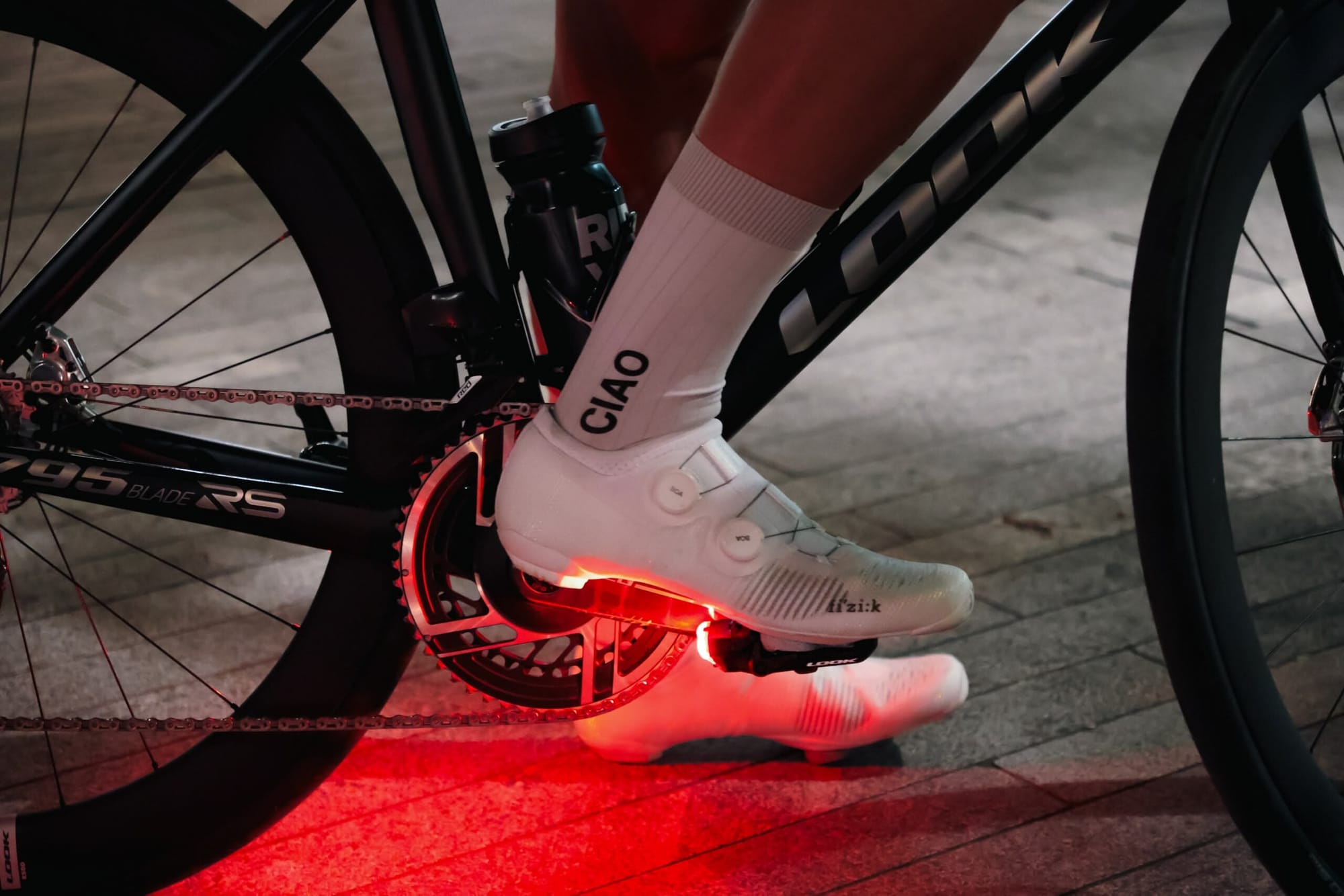
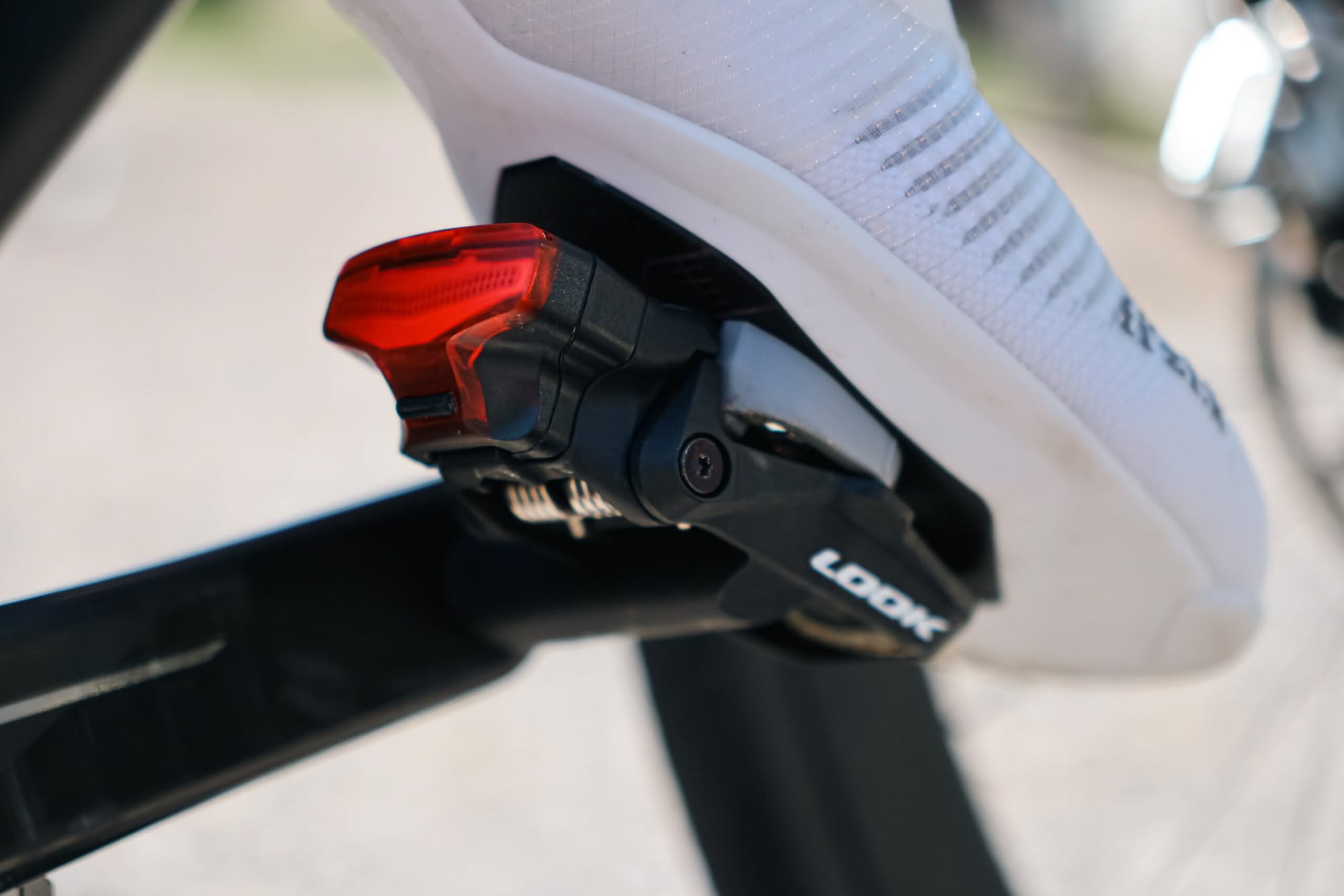
The execution looks surprisingly practical. It’s not just for pros on the $325 Keo Blade Ceramic Vision; they’ve integrated the same 60-lumen system into the workhorse Keo 2 Max. But the smartest move here, in my opinion, is the $80 Upgrade Kit. The fact that current Keo Blade users can just snap this on is a huge plus. With a 40-hour runtime, USB-C charging, and a minimal 38-gram weight penalty, this system seems to have solved all the obvious problems. It’s a clever bit of engineering that moves beyond a gimmick and into a genuinely practical safety feature.





